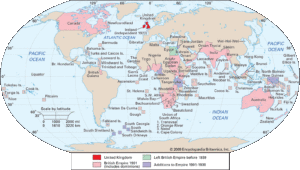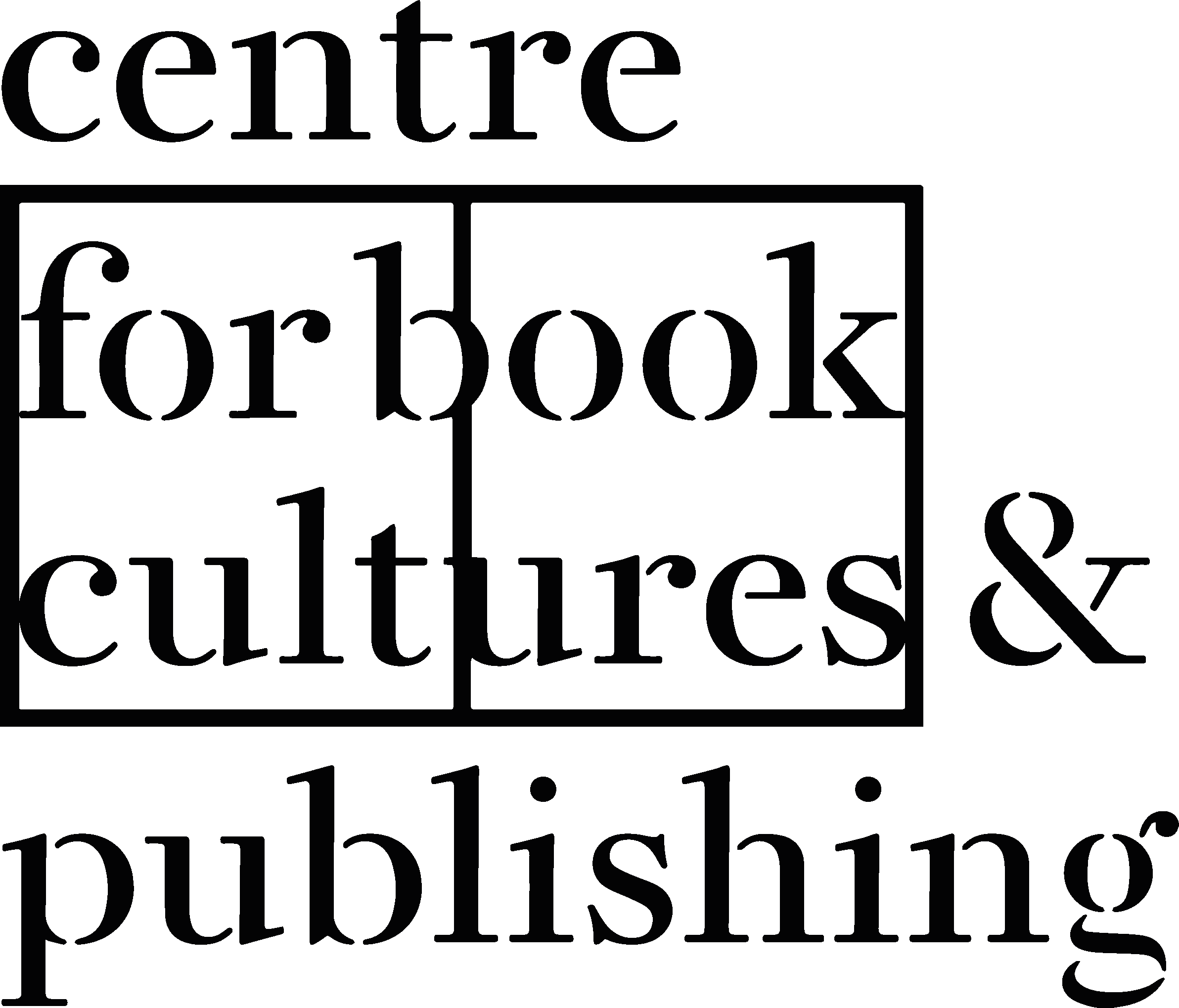by Hyei Jin Kim
I began my visiting fellowship at the University of Reading Special Collections with a single aim: to uncover the early history of the Traditional Market Agreement (TMA). As is commonly known, the TMA divided the Anglophone publishing territories into British and American markets from 1947 to 1976 before being dismantled by an antitrust lawsuit in the US. This explanation is accurate; however, the trouble is that not much else is known about the TMA. To my knowledge, Mary Nell Bryant’s article from 1979 is the only published study that is dedicated to this subject.[1]
My overall project aims to address this gap by examining the TMA’s history and impact on Anglophone literary publishing. It explores how British and American publishers not only arbitrated literary values but also monopolised the right to trade books. During the visiting fellowship, my primary focus was the Publishers Association (PA), one of the main book trade organisations in the UK that established the TMA in the 1940s. The Special Collections holds records of the PA’s meetings, circulars, publications, and correspondences, which offered me much insight into the PA’s inner workings and policymaking behind the TMA. In this post, I will briefly share how the name of this agreement evolved, or how the ‘empire’ became ‘traditional’.

An Internal Pact
Throughout the interwar years and WWII, British and American publishers were locked in battle over world markets. British publishers had traded across the British empire and continental Europe largely unchallenged, but from the 1930s American publishers began to noticeably ‘intrude’ on these markets as they became interested in expanding their markets abroad. It was not long before American books, particularly American editions of British titles, appeared in bookshops across South Africa, Australia, and Europe, among other markets. These intrusions greatly alarmed the PA because British publishers heavily depended on their export trade due to the relatively small size of their home market and were already struggling with paper and labour shortages during WWII. Led by Stanley Unwin, the PA embarked a series of negotiations with the American Book Publishers Bureau, its counterpart in the US, to protect the empire and European markets from American publishers’ growing appetite for exports. The two organisations not only corresponded but also sent delegates to London and New York to negotiate in person; that these delegates crossed the Atlantic three times during the war (with the backing of their respective governments) indicated how urgent the problem was.
In December 1945, these negotiations culminated in what was often abbreviated as the ‘Statement of World Markets’, which divided the world into ‘home’ and ‘other’ markets. Under this arrangement, British publishers would ‘enjoy the exclusive right of sale’ ‘in the British Commonwealth of Nations, its colonies and dependencies’, and American publishers in ‘the U.S.A., its colonies and dependencies’.[2] There were two exceptions: due to geographical proximity and convenient logistics, British publishers could claim the European market as their own and American publishers the Canadian market. The rest of the world, or ‘other’ markets, was open for free competition. While this neat and efficient division along colonial borders is not surprising, the timing is indeed notable. The British Empire at this point was crumbling away, while the Philippines, a major US colony, would gain independence in just a few months’ time. In this sense, the statement not only divided the Anglophone publishing territories between two colonial powers but also helped to entrench the colonial power structures and geopolitical borders.
As the PA soon realised, however, this statement was impossible to enforce since it was essentially nothing more than a gentlemen’s agreement. American publishers could not legally adopt this agreement due to the US’s antitrust laws and, perhaps more importantly, were not always keen to be confined within their ‘home’ markets. Not all American publishers were members of the American Book Publishers Bureau and these firms had little reason to keep this arrangement. The Reports of the Council hint at the PA’s frustration over some American publishers, who continued to infringe on the British ‘home’ markets in 1947, less than two years after the ‘Statement of World Markets’. This called for a different approach to the problem.
The PA’s new strategy was not to negotiate a new arrangement with its rivals. Instead, its members made a pact amongst themselves to not enter contracts with American publishers unless they could secure their empire market in its entirety. Called the British Empire Market Agreement (1947), this ‘replace[d] the December 1945 Statement on World Markets’ and was a precursor of the TMA.[3] Aside from committing the signatories to the protection of the empire market, this short agreement also provided two formulae, or definitions, that publishers could use in their contracts. These formulae were almost identical, but the one that publishers used often was ‘the British Commonwealth and Empire as constituted at January 1, 1947’, which consisted of around 70 territories.[4] This formula took a step further than the 1945 statement and froze history on this precise date in order to preserve, among other things, geopolitical borders of the colonial era – a point I return to below.
Though seemingly subtle, this shift from a gentlemen’s agreement to an internal pact efficiently prevented American publishers from entering the empire market. To take a hypothetical example, let us say that there is an American publisher (A) who wants to sell one of its best-sellers to a British publisher (B). A does not know much about the empire market, but it happens to have a strong connection with Australia. For this reason, it wants B to sell the best-seller across the empire market but plans to sell directly to Australia by itself. A offers B the exclusive right of sale of this best-seller in the empire market, minus Australia. B, who diligently protects its empire market, refuses to buy the best-seller because it cannot sell in Australia.
If the Statement of World Markets is the sole basis of this refusal, then A can simply take the best-seller to a different British publisher (C), who is willing to forego Australia in its eagerness to publish this title in Britain. C might anger its fellow publishers and the PA, but, after all, it is just a gentlemen’s agreement. Under the British Empire Market Agreement, however, A has very few options. B, C, and all other sizable and reputable British publishers have signed this agreement, so no matter who A turns to, they are obliged to refuse A’s offer. If A wants to sell this title to a British publisher, then it has no choice but to grant it the entire empire market, including Australia.
Though buying and selling empire rights were more complicated in reality, this example shows how effective the internal pact could be, and actually was. Instead of relying on American publishers’ word of honour, British publishers took the matter into their own hands and devised a collective solution. The majority of PA members signed the British Empire Market Agreement and, notwithstanding occasional infringements, both British and American publishers dutifully abided by its terms.
It’s economic, not political
Recall that the British Empire Market Agreement froze history precisely on 1 January 1947. While many American publishers were happy to let British publishers have the entire empire market, some found the arrangement, and particularly the date, anachronistic. As early as 1949, they argued that ‘certain countries…should be excluded from the British publishers’ market’ because ‘they no longer form part of the Empire’.[5] These complaints – unsurprisingly – tested the British Empire Market Agreement’s link to the British Empire. From the American publishers’ perspective, this market was established under the Empire and defined by its geopolitical borders. Now that the Empire was breaking up, it made no sense for British publishers to hold onto their claims over the former colonies. For instance, on what basis could British publishers claim Burma (modern day Myanmar) as their publishing territory when it became independent in 1948?
The PA’s response was short and simple: the ‘proper criterion’ for determining publishing territories was ‘economic and not political’.[6] It is not possible to thoroughly unpick this answer here, but it can be summarised as follows: Before American publishers intruded in the empire market, British publishers were developing connections with overseas representatives, booksellers, and local publishing houses, among others, in the colonies and dominions to understand these different markets and build up their export trade. A change of political status, such as a colony becoming independent, had little bearing on these pre-existing networks and book trading structures British publishers helped to establish. To give up these carefully tended markets to American publishers after all these efforts would be unfair and, more importantly, disastrous to their sales that still depended on the export trade. Their basis was ‘the British Empire Market’, not ‘the British Empire’.[7] Such reasoning separated the (post)colonial markets from the very same colonial forces that enabled this economic domination in the first place.
Ironically, this reasoning also made the word ‘empire’ a rather inconvenient reminder. While the PA urged its members to ‘continue to develop the traditional market that they have built up’, it also recognised that these grumblings could not be ignored entirely.[8] As a response, the PA renamed the British Empire Market Agreement as the ‘British Publishers’ Traditional Market Agreement’ in the late 1950s; though I could not locate the exact date, it most likely happened in 1959.[9] On the one hand, this change was insignificant: the new agreement was identical to the first one, covering mostly the same territories, and did not alter any pre-existing arrangements. Both British and American publishers knew that this ‘traditional market’ still included former colonies and territories. On the other hand, it was the moment when the ‘empire’ disappeared from the agreement. Unlike the original name, which explicitly linked their export markets to the British Empire, the new one was less politically charged and even had a bland tone to it. The word ‘traditional’ obscured the colonial history and instead portrayed the publishers’ exclusive right over the Commonwealth simply as a matter of custom.
It seems that the ‘British Empire Market Agreement’ was largely forgotten once the new name appeared and, after the 1974 lawsuit, it was only known as the British Publishers’ Traditional Market Agreement. The practice of dividing Anglophone territories into two, with British publishers securing the Commonwealth (that is, empire) rights, has continued throughout the 20th century and is customary even today. That such a simple pact from almost 80 years ago continues to shape English language publishing attests to the powerful and enduring legacy of the Empire – and its traditions.
Acknowledgement: Many thanks to Nicola Wilson and the CBCP for warmly welcoming me to Reading and supporting my research. Thank you also to Michele Drisse for her help with the archives and book collections.
Footnotes:
- See Mary Nell Bryant, “English Language Publication and the British Traditional Market Agreement,” The Library Quarterly 49.4 (Oct. 1979): 371-398.
- Publishers Association, Royalty Agreements: A Guide for the Use of Publishers (London: Publishers Association, 1946), 2nd ed., 46.
- Publishers Association, A Guide to Royalty Agreements Prepared by the Council of the Publishers Association for the Use of Publishers (London: Publishers Association, 1952), 3rd ed., 4.
- Ibid., 50.
- Ibid., 16
- Ibid.
- Ibid.
- Publishers Association, A Guide to Royalty Agreements Prepared by the Agreements Committee of the Publishers Association (London: Publishers Association, 1972), 5th ed., 12.
- Ibid., 63.

